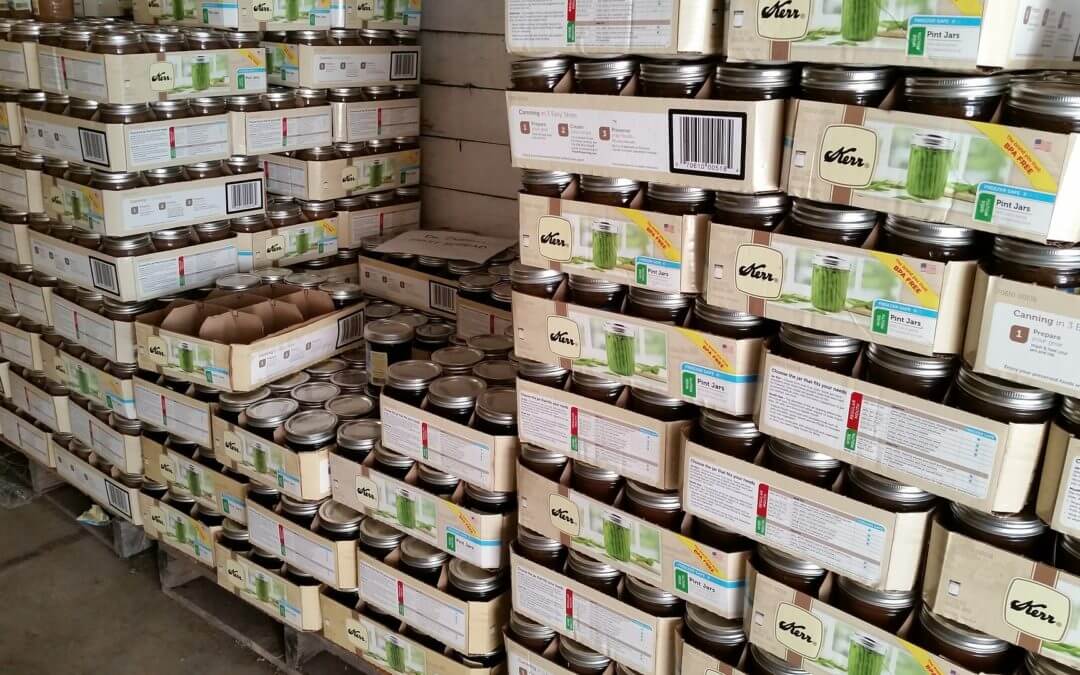The most common food pests are searching for life-sustaining resources including food and water. Once they find a food source, most pests will find shelter. If that shelter is your home or business, it can result in an infestation.
Pests and Food Manufacturing Businesses
Food is a magnet to pests of all shapes and sizes which makes the food manufacturing industry is at high risk for pest control issues. If you own or manage a food manufacturing plant, food storage facility, grocery store, or restaurant, then it’s no surprise that pest management is an essential aspect of the business.
Not only do the most common food pests pose an immediate threat to food safety, but you are also facing health code violations when these problems are left untreated. When an infestation occurs, the pest larvae eat your stored products and contaminate packaging, food sources, and more. Additionally, the presence of pests puts your staff, customers, and business at risk.
A proactive approach helps you identify pest control issues in the earliest stages. Regular inspections are essential to finding potential signs of pests. This can make the difference in an introduction of pests and an infestation. Every business needs to have an action plan to implement immediately when you discover pests.
Also, don’t underestimate the importance of preventive measures in your business. These steps can be effective in keeping the pests away so you don’t face issues in the future.
Most Common Food Pests
The first step is to educate yourself about the most common food pests in the food processing industry. Here is an overview of the most common pests that infest commercial products:
- Red Flour Beetle: These pests are most common in warm climates and feed on milled grain products, such as cornmeal and flour. The antennae can identify the beetles – they have a 3-segmented club. Even a small infestation can quickly get out of hand since female adults lay between 300 – 500 eggs.
- Warehouse Beetle: Look for brownish-black bodies with yellowish coloring. These beetles are often found in food manufacturing, as well as other warehouses since they also feed on pet food, animal remains, dead insects, grain products, and more. The larvae cause serious health concerns since they have barbed hairs that can cause intestinal irritation when ingested.
- Drugstore Beetle: Also known as the “cigarette beetle,” these bugs have a cylindrical shape, long antennae, and are reddish-brown in color. They often feed on tobacco products, as well as pet food, rice, beans, peanuts, spices, and flour.
- Fruit Flies: In fresh food environments, fruit flies congregate near fruit that is fermenting or ripening. Indoor infestations often occur with grapes, squash, melons, tomatoes, bananas, and more. They are tiny flies with bodies that are tan and black.
- Sawtooth Grain Beetle: On each side of the prothorax, these insects have size saw-like teeth. Their flat bodies make it possible to enter improperly sealed packages. They often feed on foods with oils, such as baking mixes, candy bars, and grain products.
- Indianmeal Moth: You can identify these bugs by their reddish, brown, and gray wings. The larvae of these moths leave behind webbing and feces that contaminate food products such as seeds, candy, nuts, Dried fruit, grains, and animal feed.
Cryonite Business Pest Management
Infestations don’t have to be a problem in your business. The key is to be proactive in preventing, planning, and treating an infestation. Every business should have a pest control management plan, which helps to save downtime and money.
The fastest, most effective way to respond is with Cryonite. Use this chemical-free pest control system to eliminate insects in your business, protect your products, and avoid future health and safety issues. In addition to pest identification, staff members can be trained to use Cryonite as a pest control method. Contact us to learn more about how Cryonite can be used to eliminate the most common food pests.

